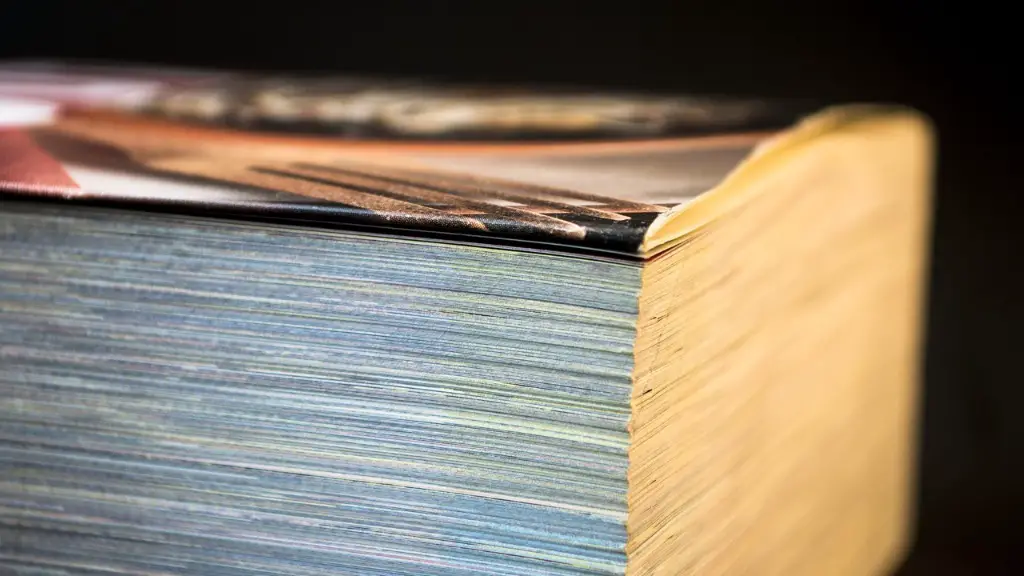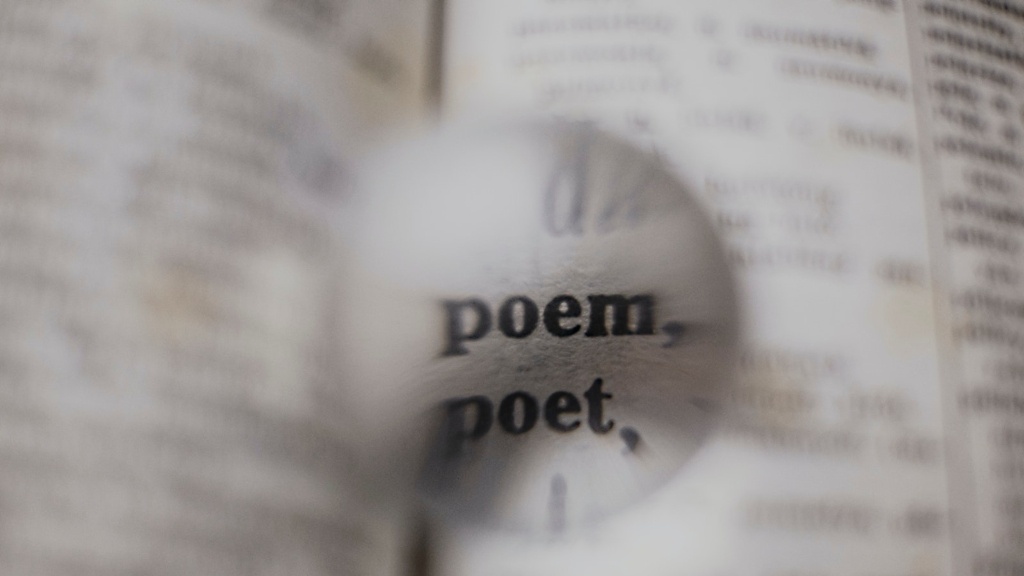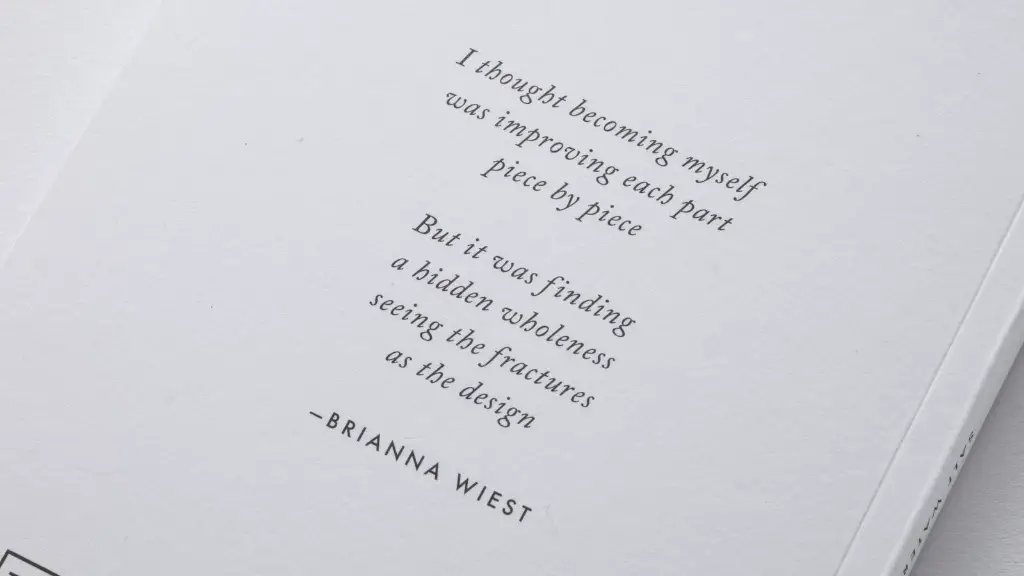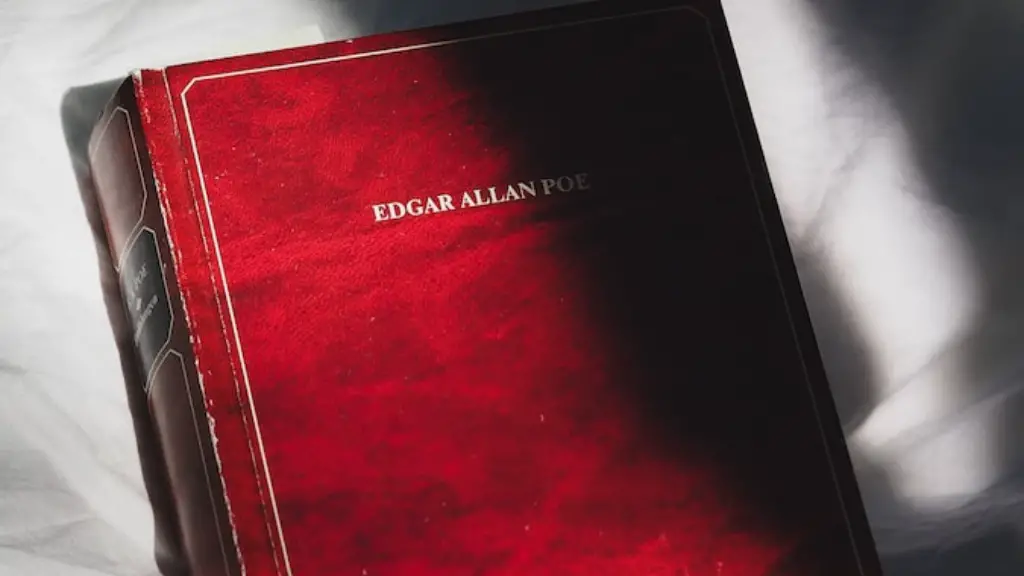In poetry, rhythm is the regular arrangement of sounds and syllables in lines. It is a crucial element that allows writers to break down the larger components of their work into pieces that evoke certain feelings for the reader. Through the use of rhyme and meter, poets create rhythmic patterns that help to convey their themes and messages. The regular beat of poetry can also be used to help trigger personal connections and emotions from readers.
Rhythm in poetry goes beyond simple meter and rhyme. Through subtle shifts in line lengths, sound effects, and pauses, poets can create layers of meaning and complexity. One of the most important aspects of rhythm in poetry is the way it can be used to give form to the narrative and how the poet conveys their message.
When analyzing a piece of poetry, it is important to consider the poetic elements in play. Meter refers to the regular rhythmic pattern that is created by a series of stressed and unstressed syllables, while rhyme is the repetition of similar sounds in two or more words. Meter and rhyme are among the most commonly used and traditional techniques for creating the rhythm of a poem.
Other poetic techniques that are used to create rhythm in poetry include alliteration and enjambment. Alliteration is the repetition of the same consonant sound at the beginning of adjacent words, while enjambment refers to the breaking of a line in the middle of a thought, so that the rest of the thought is continued in the following line. Through these techniques, poets can introduce complexity and interest to their writing.
By using these literary devices and poetic techniques, poets often create intricate and beautiful rhythmical works. One of the best examples of this is the work of William Butler Yeats in his poem “The Second Coming.” In this poem, Yeats makes use of cadence, imagery and metaphor to create a powerful and mysterious rhythm. The poem moves from line to line, each ending on a different note and each offering its own unique perspective.
Other examples of great poetic rhythm include the works of Emily Dickinson. Dickinson’s poems often use an almost hypnotic repetitiveness and include powerful images that evoke strong emotional reactions. Her work often focuses on the beauty and complexity of nature, and she makes use of vivid metaphors and language to create a deep and meaningful rhythm.
In addition to meter and rhyme, many poets also create their own unique rhythmical patterns. This includes the use of spoken word and hip-hop techniques, which combine traditional poetic techniques with modern musical elements. The use of rhythm in poetry is a powerful tool, and a skilled poet can create a unique and lasting experience for the reader.
Word Choice and Imagery
When creating rhythmic poetry, a writer must be conscious of the word choice and imagery they use. Word choice can both influence and be influenced by the rhythm of the poem. Many writers use different thesaurus and language-specific dictionaries to achieve their desired effect. It can also be helpful to think of synonyms, antonyms, and other similar words when writing to add variety to the lines.
The choice of imagery and symbolism can also be used to transform a poem into a powerful piece of art. Imagery can be used to describe a scene, a character, or a feeling. Imagery can also help to bring a sense of rhythm to a poem. For instance, a poet might use a sequence of images to create a pattern of lines that move in and out of focus, creating a unique and engaging experience for the reader.
Rhythm in Poetry Summarized
Rhythm in poetry is an essential element to craft an enriching and meaningful experience for the reader. Through the use of meter, rhyme, alliteration, enjambment, and other techniques, poets create unique and powerful works of art. They can also use specific imagery and word choice to emphasize their message and create a lasting impression. From the poetic works of William Butler Yeats to the imagery of Emily Dickinson, great poets have used rhythm to evoke emotion and create a meaningful narrative.
Rhythm in Poetry Analysis
The analysis of rhythm in poetry can reveal a great deal about the meaning and intent of a piece. Writers must pay particular attention to the way in which rhythm is used within the poem, as this can provide insight into the poet’s choice of words, imagery, and symbolism. Through careful consideration of a poem’s rhythmic patterns, readers can gain a better understanding of the poem’s overall themes and messages.
Rhythm in Poetry Teaching
Teaching students about rhythm in poetry can be a great way to engage and inspire them. By exposing them to different poetic techniques and approaches, teachers can help students to create their own poetic works. Discussing rhythm in depth can also lead to discussions about broader topics, such as the effect of rhythm on emotion and the power of words and language.
The Power of Rhythm in Poetry
The power of rhythm in poetry should never be underestimated. Through the careful use of poetic devices, writers create works of art that can bring about powerful emotions and lasting impressions. It is up to poets to be mindful of the rhythmic patterns in their work, and aware of the potential effect it can have on their audience.



